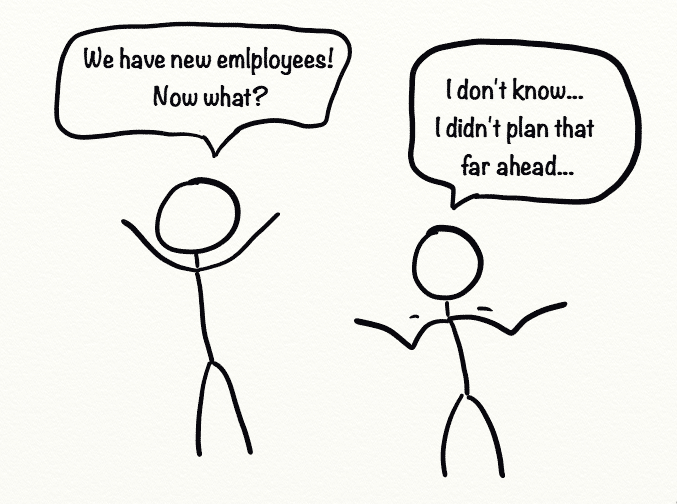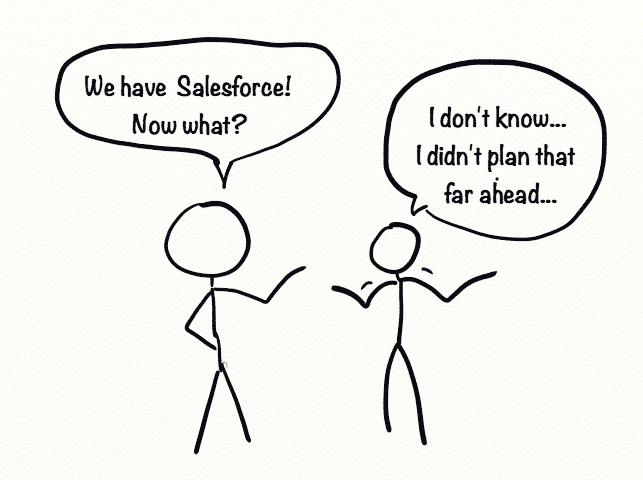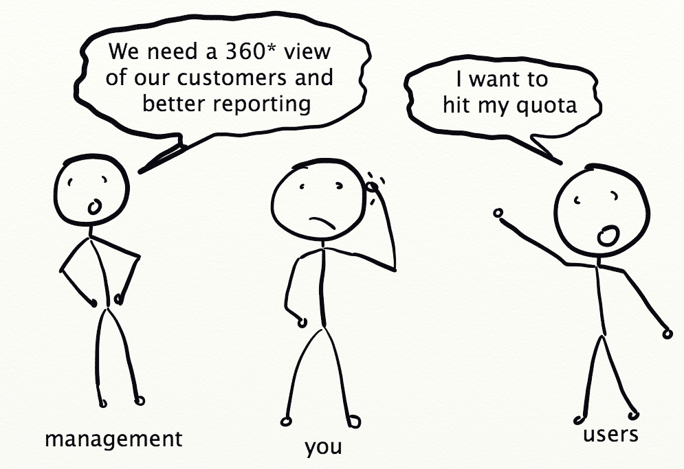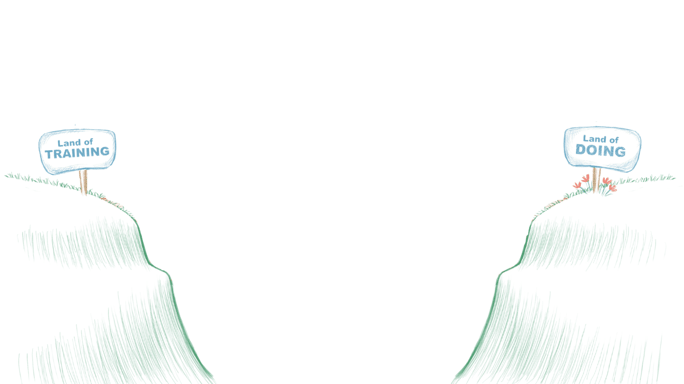So, life on the PTO (parent teacher organization) Board is getting more exciting. School begins next month, and we are planning our first events.
However, I still have a huge problem. I don't know what to do.

I wouldn't be writing about my experience as a PTO treasurer if it didn't apply to you.
But I know it applies to you.
It applies to every business and every nonprofit, great or small.
Whether you are hiring new employees, bringing on more volunteers, or rolling out new cloud systems...

We like to bring on new assets without a clear idea of what those assets are actually going to do. And instead of making a clear path, we put up roadblocks.
For this blog post, we're just going to talk about people, and how we make jobs harder than they need to be when we aren't clear on what people are supposed to do.
As a volunteer treasurer, my job has now been made 10x more difficult because there is no clear process for what I'm supposed to do. I'm expected to invent new procedures and figure things out, even though this job has been done for over 7 years by others.
When we do this to employees and volunteers, it's like asking a bunch of friends to come help you move before you've actually packed everything into boxes. When everyone shows up to your house to load the truck, their work is slowed down because nothing is ready to go.
They were supposed to just move boxes from your house to the truck--a job that should be finished in under an hour. But now they are packing boxes, throwing away trash, and taking apart bunk beds while you are running around trying to figure out how to orchestrate the chaos.
None of the prep work was done beforehand to help your friends do what you called them over to do. Which makes your friends frustrated ("This took way too long") and it makes you frustrated ("Why is everybody just sitting around?").
So, what prep work needs to be done before you ask volunteers to be treasurers, hire new employees, or roll out Salesforce?
I'm glad you asked.










